I’ve worked in a lot of library conservation labs throughout my training and when I was finally looking for a “real” job I thought I knew more or less what kind of supplies and tools were out there. But then almost two years ago I became the book conservator at a paper restoration company and I suddenly learned about all these new things I had never heard about before. I don’t know if it’s because paper people just use different techniques, or it’s just how my coworkers learned to do things, but I’ve discovered a lot of new things over the past two years! Over the next few weeks I thought I’d share some of the new products I’ve encountered at this job, and maybe you’ll learn something new as well!
The first new thing I encountered on my first day was Lascaux 498 HV. I’d seen it in a few conservation labs before, but it was always used as one of those “extra” adhesives that you’d only take out on rare occasions when you’d run out of all other options. But we love it and use it all the time!
Lascaux looks a lot like PVA, except thicker. You can use it like PVA too, as a wet adhesive, but the fantastic thing about Lascaux is that you can use it as a heat-activated, reversible, dry adhesive.
We make our own heat-activated mending paper by covering one side of a sheet of tissue with Lascaux and allowing it to dry. If you’re using a thin tissue note that some of the Lascaux is going to bleed through to the other side and cause the sheet to glue itself to whatever it’s drying on! To avoid this, move your glued up tissue onto a piece of silicone release, a drying rack, or hang it up to dry. When the tissue is dry, cut into strips. You now have your very own heat activated tissue!!
 Heat activated mending strips!
Heat activated mending strips!
While it works in the same way as Crompton’s Tissue, that being you cut a piece out and then adhere it with a tacking iron, making your own heat-activated tissue gives you a lot more versatility. You can use any tissue weight or color, and sometimes we paint up whole sheets of paper if we need to back a brittle print.
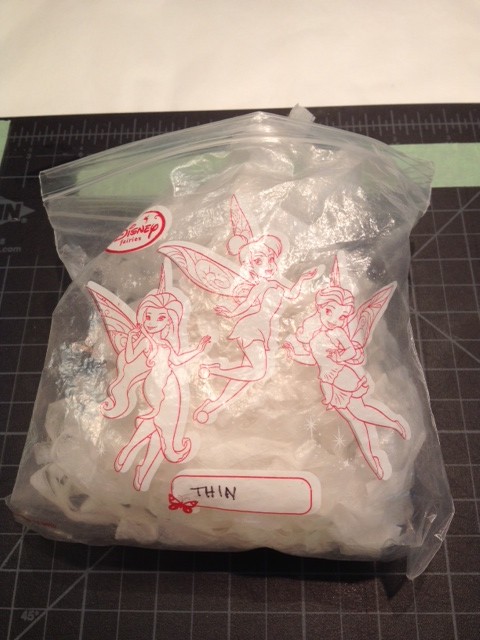 Even after drying the strips remain slightly tacky, so store them away from dust and dirt. I suggest a Disney-themed ziploc bag.
Even after drying the strips remain slightly tacky, so store them away from dust and dirt. I suggest a Disney-themed ziploc bag.
Lascaux is both heat and alcohol activated, that means if your tacking iron dies you can use a bit of isopropyl to activate the adhesive on your strips, and you can also use alcohol to remove anything you’ve already stuck down. You can also remove any tissue by activating the adhesive with a little bit of heat from your tacking iron.
This adhesive is especially helpful for use with water-soluble pigments. If you have something that is very fugitive or very prone to tide lines, repairing or backing something with wheat starch paste can cause real problems or even permanent damage. Since Lascaux is a dry process there is no risk to pigments, and any mends or backings that are applied can be removed with heat or in an alcohol bath.
I’ve painted up both sides of the tissue and used it as a kind of archival/reversible double-sided tape. I just finished repairing a scrapbook – I reinserted everything into a new book with my double sided Lascaux pieces and I didn’t have to worry about the pages cockling with moisture, and if I messed anything up they were easy to pop off and re apply.
I’m sure there are lots of different applications for Lascaux, but this is how we use it where I work. If you want to give Lascaux a try, make sure to use Lascaux 498 HV, there are lots of different Lascaux out there, but this is the kind to use to make mending strips.
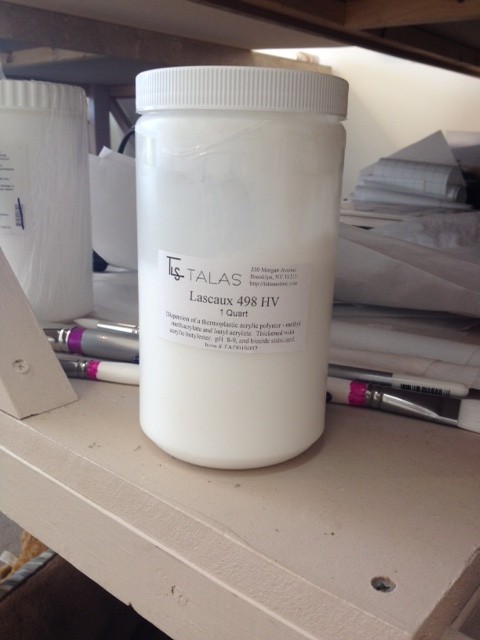
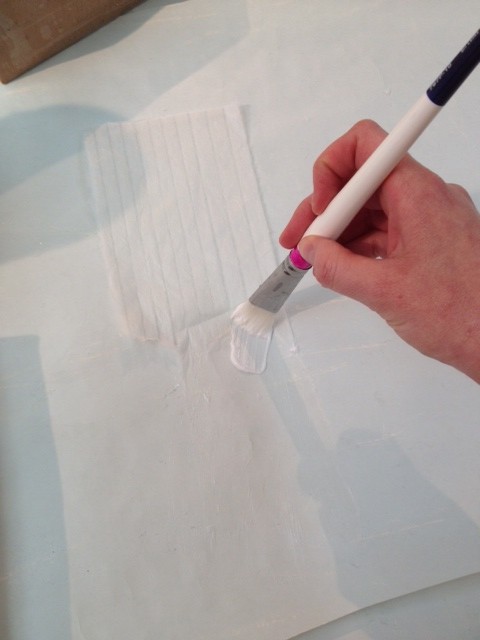
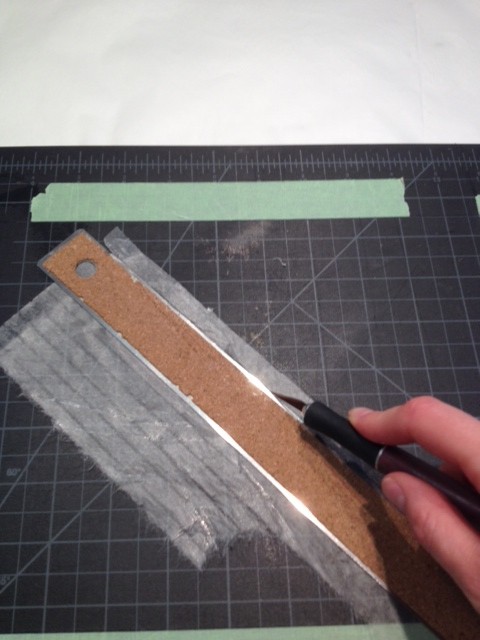
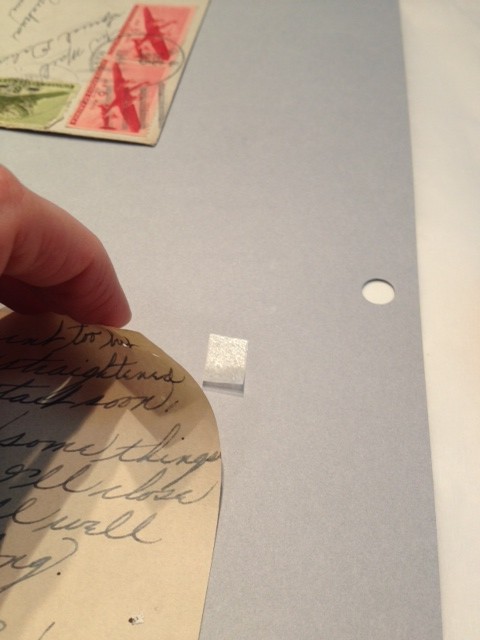


Might be the solution to some design problems of mine… alas, the budget of a home hobby binder is a limited thing.
Thank you for sharing! I love looking through Talas’ and Hollander’s sites, but sometimes I don’t know what good things are. This seems like the best thing ever!
Thank you so much for this review – very helpful, i’ts going into my work supply list.
Great post – never thought of using it as a double-sided PST – nice one.